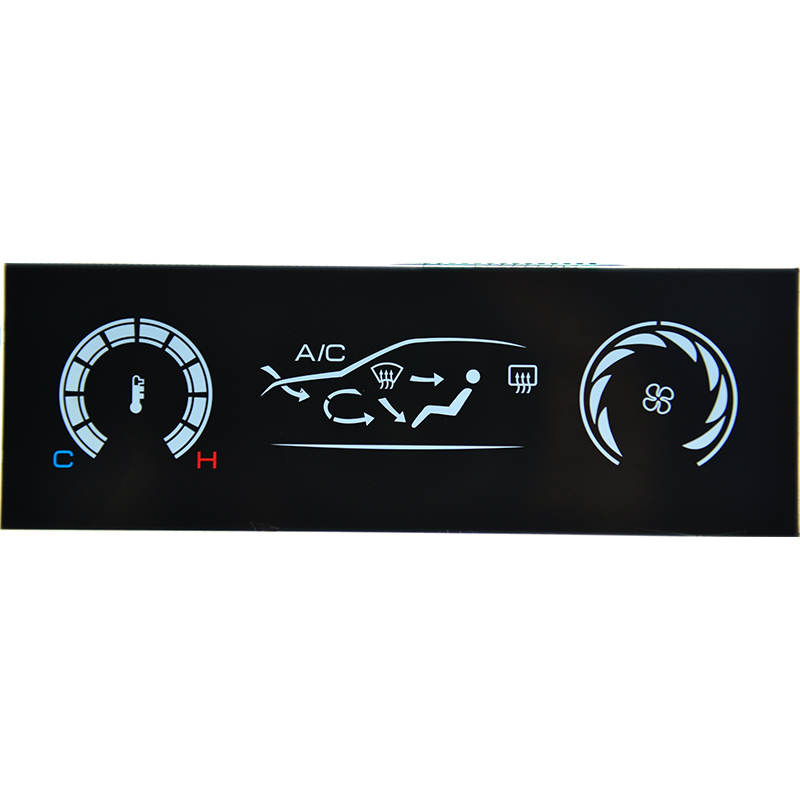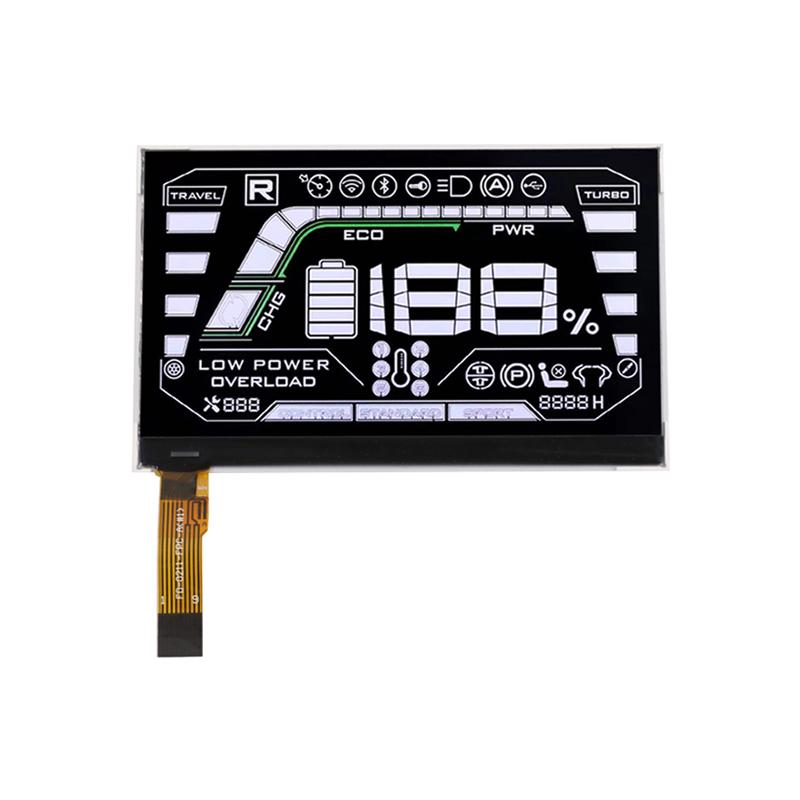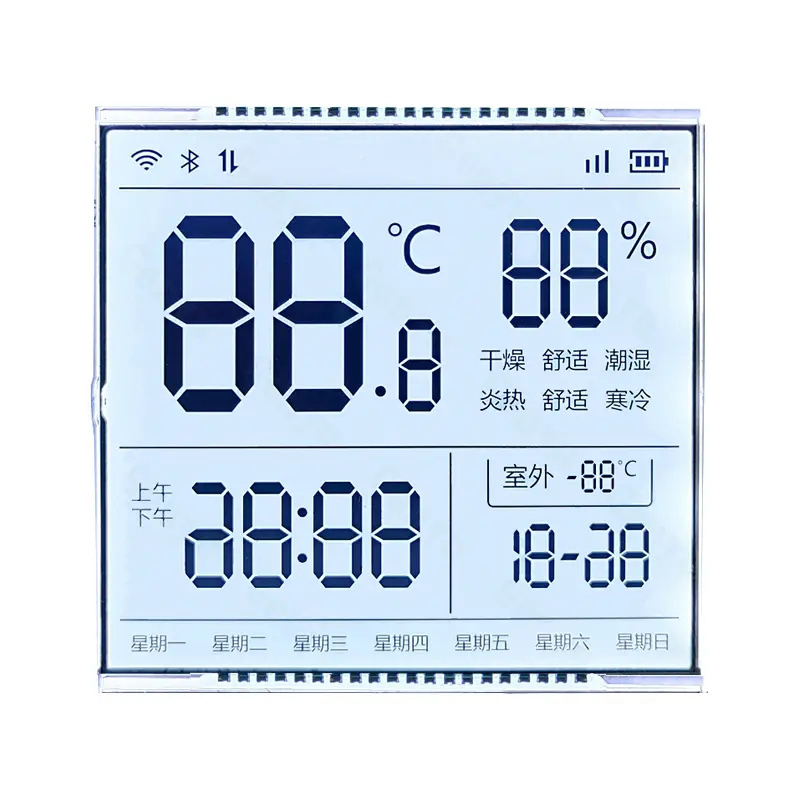
Finding the right 1.3 inch TFT display can be challenging with the sheer number of options available. This comprehensive guide will walk you through the key features to consider when selecting a 1.3 inch TFT display, helping you make an informed decision based on your specific requirements. We'll delve into resolution, contrast ratio, viewing angles, and more, ensuring you find the perfect fit for your project.
TFT (Thin-Film Transistor) displays are a type of LCD (Liquid Crystal Display) technology. They use transistors to individually control each pixel, resulting in sharper images and faster response times compared to older passive-matrix LCDs. 1.3 inch TFT displays are commonly used in various applications, from wearable devices and industrial equipment to specialized consumer electronics.
Choosing the right 1.3 inch TFT display involves considering several crucial factors:
Resolution determines the image clarity. Higher resolution (measured in pixels, e.g., 240x240) results in sharper images. However, higher resolution may also impact power consumption. You'll need to balance image quality with your power budget.
Brightness, measured in candelas per square meter (cd/m2), influences readability in different lighting conditions. Higher brightness is crucial for outdoor applications or situations with significant ambient light. Lower brightness may suffice for indoor use.
Contrast ratio refers to the difference between the brightest white and darkest black a display can produce. A higher contrast ratio leads to richer, more vibrant images with better detail in both dark and bright areas.
Viewing angle describes the range of angles from which the display remains clearly visible. Wider viewing angles are preferable for applications where the display might be viewed from various positions.
The interface determines how the display connects to your device. Common interfaces include SPI, I2C, and parallel interfaces. Check the compatibility with your microcontroller or other control system.
The backlight type affects power consumption, color accuracy, and overall display quality. Common backlight types include LED and CCFL.
Different manufacturers offer various 1.3 inch TFT displays with varying specifications. It's crucial to compare features before making a purchase. Below is a simplified comparison table (Note: Specific models and availability can change. Always check with manufacturers for the most up-to-date information):
| Manufacturer | Model | Resolution | Brightness (cd/m2) | Viewing Angle | Interface |
|---|---|---|---|---|---|
| Manufacturer A | Model X | 240x240 | 300 | 80° | SPI |
| Manufacturer B | Model Y | 240x240 | 250 | 60° | I2C |
| Dalian Eastern Display Co., Ltd. https://www.ed-lcd.com/ | (Check their website for specific models) | (Varies) | (Varies) | (Varies) | (Varies) |
The best 1.3 inch TFT display depends entirely on your application. For wearable devices prioritizing low power consumption, a display with lower brightness might be suitable. For industrial applications requiring high visibility, a higher brightness and wider viewing angle are essential. Always carefully consider your specific requirements before selecting a display.
Remember to consult datasheets from manufacturers like Dalian Eastern Display Co., Ltd. https://www.ed-lcd.com/ for detailed specifications before making your final decision. Thorough research is key to ensuring you select the perfect 1.3 inch TFT display for your project.












